Matera, located in southern Italy, is a city that is often referred to as the “hidden gem” of the country. With a rich history that dates back thousands of years, Matera is a fascinating place to visit for those interested in architecture, history, and culture. This blog will provide a detailed introduction and history of Matera, answer some common questions about the city, and offer some tips on how to visit and what to do there.
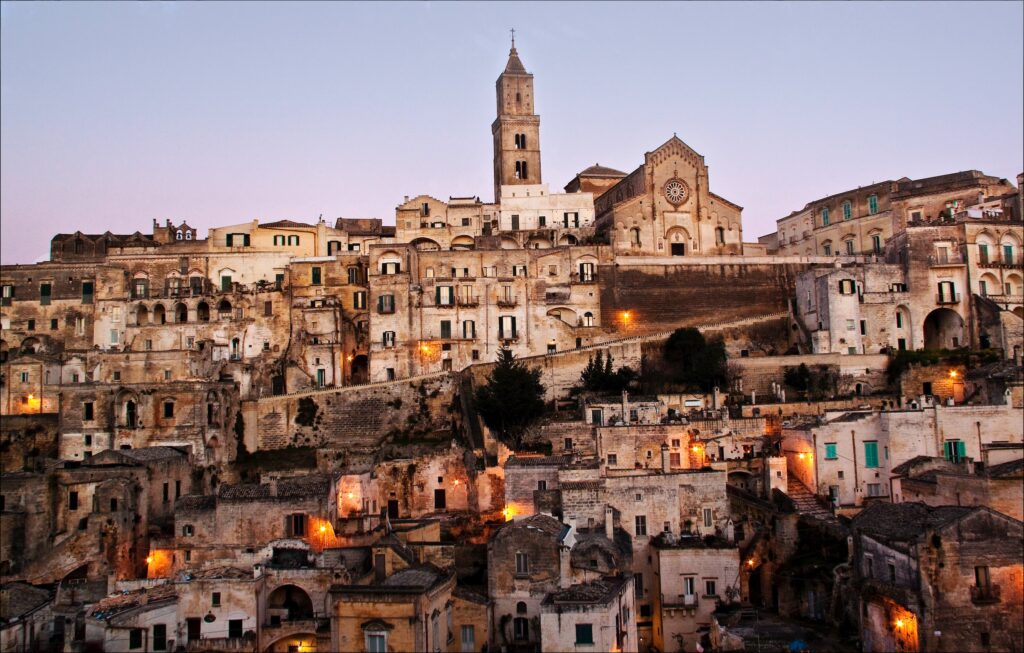


Matera is a city in the region of Basilicata, in southern Italy. The city is famous for its Sassi, a complex of cave dwellings that were inhabited by people for thousands of years. These cave dwellings were carved into the soft tufa stone that is abundant in the area, and were used as homes, churches, and even cemeteries.
The history of Matera dates back to prehistoric times, when the first inhabitants began to carve dwellings into the rocky landscape. The city was an important centre for trade and commerce during the Roman era, and later became a centre for Christian worship during the Byzantine era. In the Middle Ages, Matera was a wealthy city with a thriving agricultural economy, and the Sassi were expanded and developed as the population grew.
However, in the 19th and early 20th centuries, Matera became known as the “shame of Italy” due to the extreme poverty and squalor in which many of its inhabitants lived. The city’s Sassi became overcrowded, unsanitary slums, and disease and malnutrition were rampant. In the 1950s, the Italian government declared the Sassi uninhabitable and relocated many of the city’s residents to new housing developments.
In recent years, Matera has undergone a renaissance, and the Sassi have been renovated and restored. The city was named a UNESCO World Heritage site in 1993, and in 2019 it was designated as the European Capital of Culture.
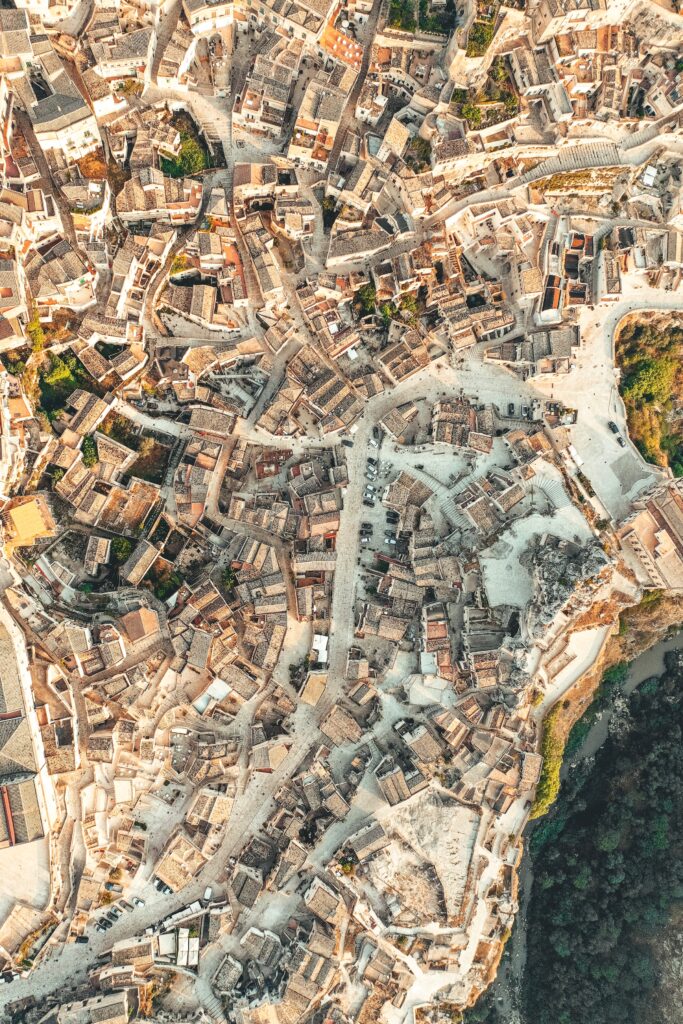
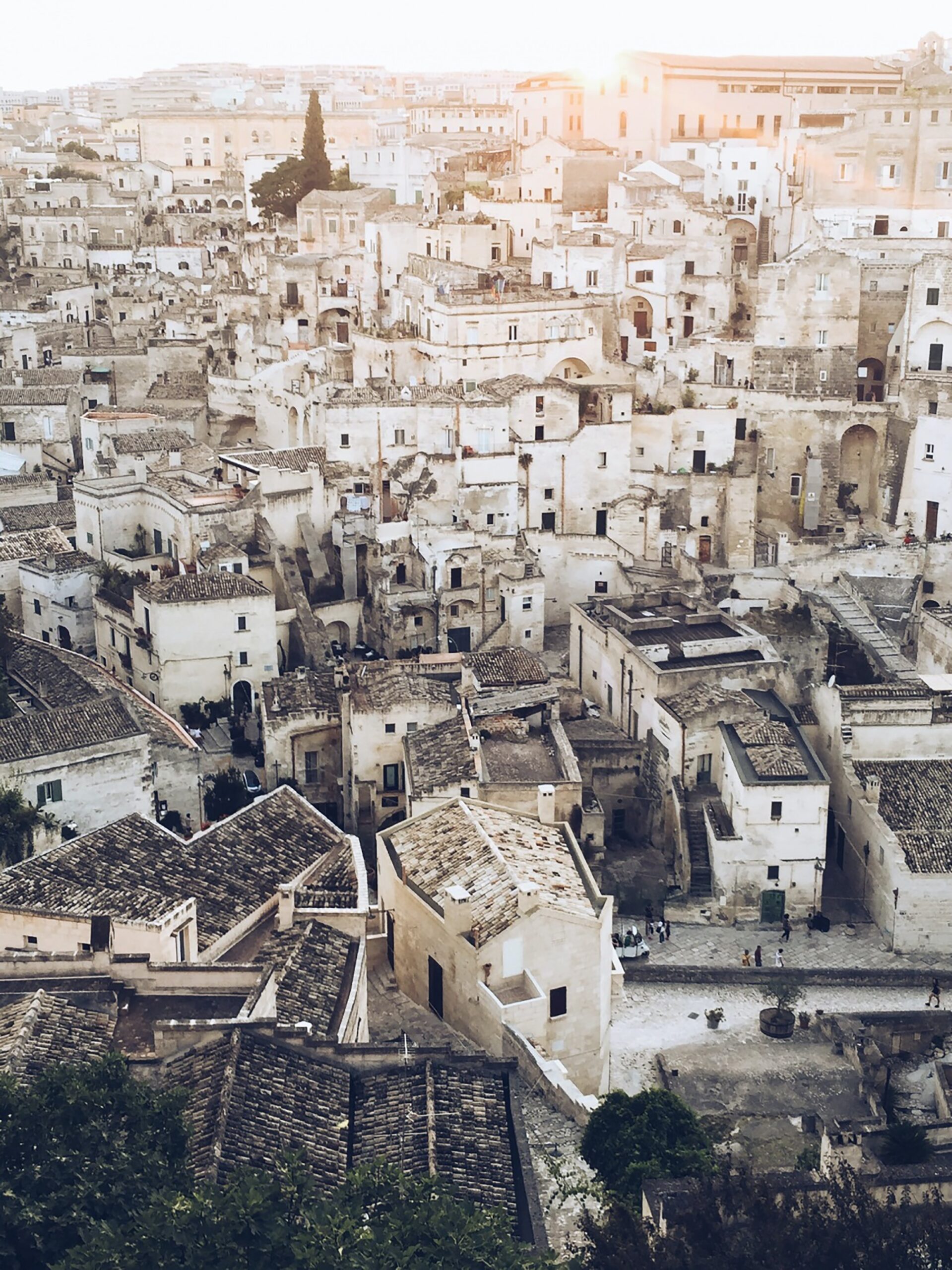
Is Matera Safe?
Matera is generally considered a safe city for tourists. As with any travel destination, it is important to take normal precautions to protect yourself and your belongings, such as keeping an eye on your wallet and being aware of your surroundings. The city has a low crime rate and a strong police presence.
What Region is Matera in?
Matera is located in the region of Basilicata, in southern Italy. It is about an hour’s drive from the regional capital, Potenza, and about two hours from the nearest major city, Bari.
How Many Days in Matera?
Most visitors to Matera spend two to three days exploring the city and its surroundings. This allows time to see the major sights in the city, as well as to take day trips to nearby attractions such as the ancient city of Metaponto or the picturesque town of Alberobello.
Where to Stay in Matera?
Matera has a wide range of accommodations to suit every budget and taste. Many visitors choose to stay in the Sassi, in one of the many converted cave dwellings that have been transformed into hotels and B&Bs. These offer a unique and authentic Matera experience, but can be more expensive than other options. There are also many hotels and apartments in the newer part of the city, which offer modern amenities and easy access to the Sassi.
Some of our top picks for incredible accommodation in Matera are listed below:
- An incredible, top rated, modern 3 bedroom apartment with stunning Matera views!
- Stay in an authentic house with an truly incredible terrace view of the old town!
- Another well priced accommodation with gorgeous terrace views!
- Stay in an apartment with your own stunning balcony views of the beautiful Matera!
How to Visit Matera?
Matera can be reached by train or bus from major cities such as Bari, Naples, and Rome. The city has two train stations, Matera Centrale and Matera Sud, and several bus stations. Once in Matera, the best way to explore the city is on foot, as many of the streets in the Sassi are too narrow for cars. There are also guided walking tours available that offer insights into the history and architecture of the city.
What to Do in Matera?
Matera offers a wealth of sights and activities for visitors to enjoy. Here are some of the top things to do in the city:
- Explore the Sassi: The Sassi are the heart of Matera, and exploring these ancient cave dwellings is a must-do activity. Walk through the narrow streets and marvel at the unique architecture and stunning views of the surrounding countryside.
- Visit the Cathedral: Matera’s cathedral, also known as the Cathedral of Santa Maria della Bruna, is a beautiful example of Apulian Romanesque architecture. The cathedral is located in the heart of the old town and is well worth a visit.
- Visit the Museums: Matera has several excellent museums that are worth a visit, including the National Museum of Medieval and Modern Art of Basilicata and the Archaeological Museum Domenico Ridola.
- Take a Cooking Class: Southern Italy is famous for its delicious cuisine, and taking a cooking class in Matera is a great way to learn how to prepare some of the region’s most famous dishes. Local chefs offer classes that teach visitors how to make pasta, bread, and other traditional foods.
- Visit Nearby Attractions: Matera is located in a beautiful part of Italy, and there are many other sights and attractions to explore in the surrounding area. Some popular day trips include visiting the ancient city of Metaponto, the stunning Castel del Monte, and the picturesque town of Alberobello.
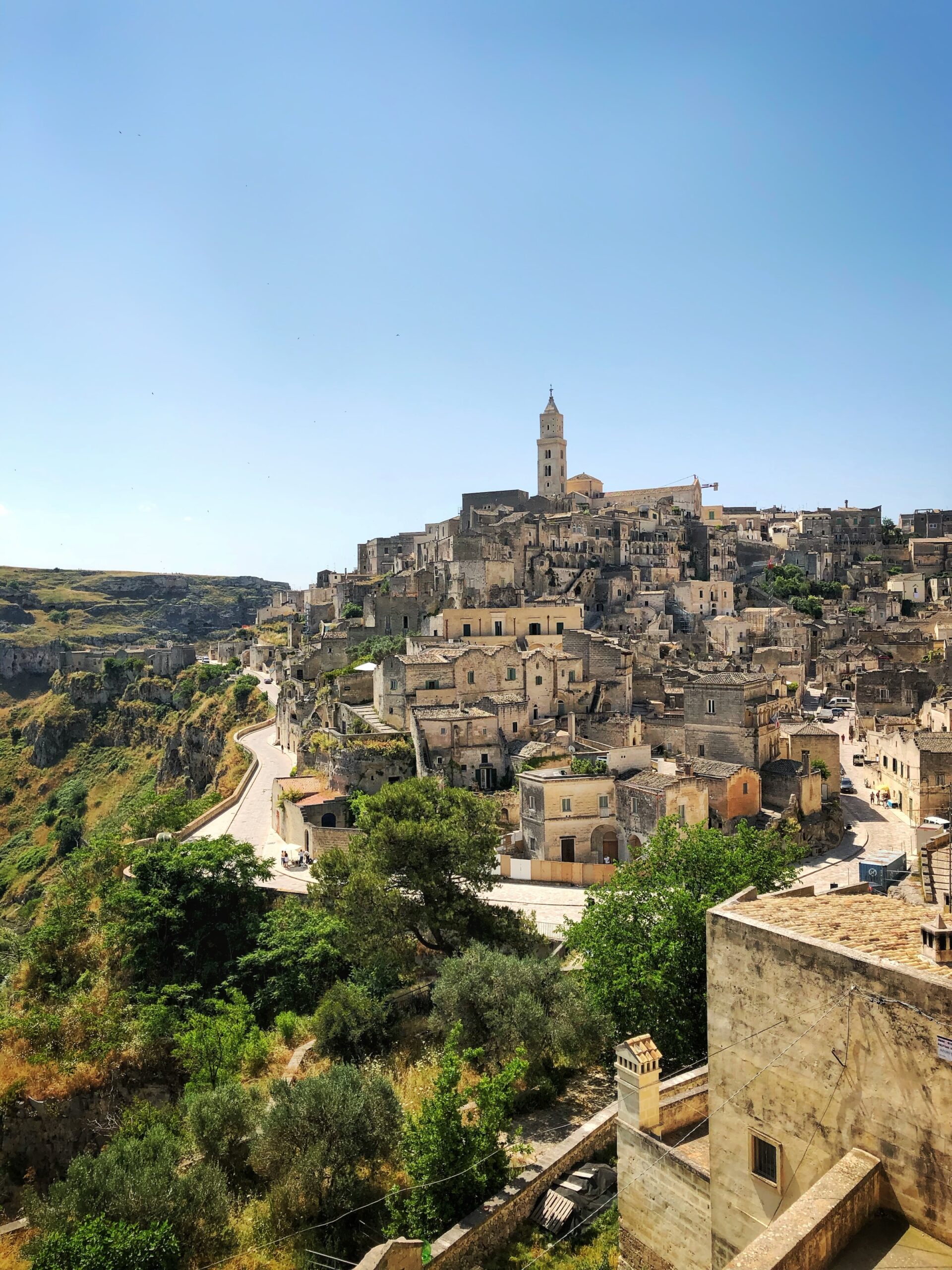
In conclusion, Matera is a fascinating and beautiful city that offers visitors a unique glimpse into Italy’s rich history and culture. From the ancient cave dwellings of the Sassi to the stunning architecture of the city’s cathedral, Matera has something to offer everyone. Whether you’re interested in history, art, cuisine, or simply enjoying the beauty of southern Italy, Matera is definitely worth a visit.
See a top Europe travel guide with tips, highlights, recommendations and more!
Please be aware that this post includes affiliate links. By using these links to make purchases or bookings, you won’t incur any additional costs, but we may receive a small commission from the sale. This commission goes towards supporting the maintenance and upkeep of the site. This allows us to continue providing helpful and informative content. Thank you for your support!

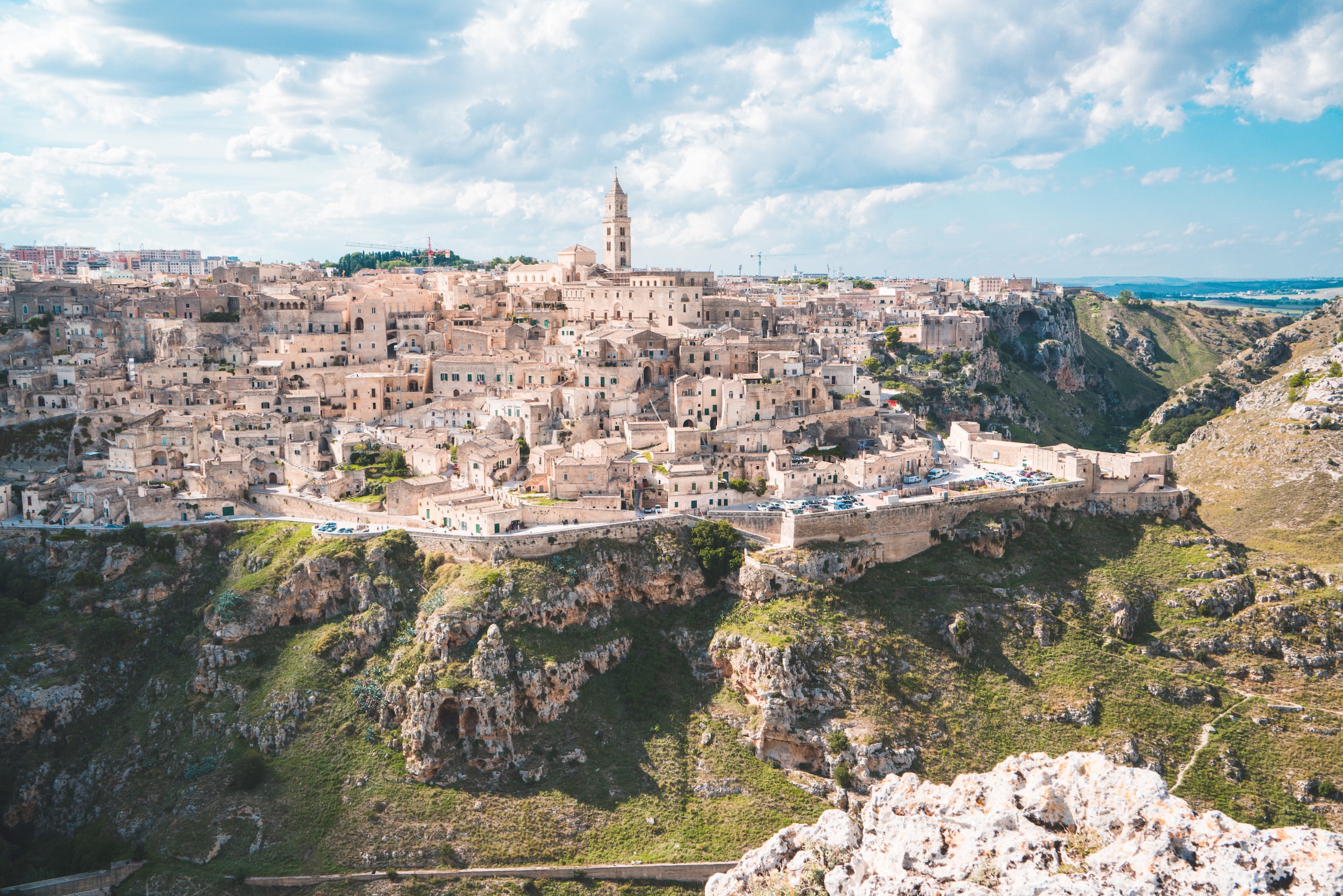
2 Replies to “Matera is the hidden gem of Italy you need to visit!”
Comments are closed.